September 11th 1937
Russian forces invade
Poland.
Germany,France,Britain, and the U.S. all condemn the invasion immediately.
September 21st 1937
Despite supply and maintenance problems within the Red Army, the Soviets advance 100 km in two weeks following their "Deep Penetration" offensive doctrine. Polish resistance is fierce but ill coordinated and overly brave at times, with troops refusing to withdraw. Preferring instead to stand to the last man defending their homeland.
[note : In this timeline there were no purges of the Soviet army in the late 30's. Thus, the Red Army is much more capable than that of our OTL. The "Deep Penatration" doctrine is similiar to Germany's "Blitzkrieg" doctrine and in fact pre-dates it. The Red Army of 1937 in this timeline is not the Red Army of OTL 1941. It has better leadership and better lower level officers]
September 26th 1937
Polish forces are beginning to regroup in central Poland but Soviet forces continue to advance steadily. Red Army elements are within 35 km of Warsaw. The Germans begin funneling in tanks,artillery, and aircraft to aid the Poles against the "red menace". German "volunteers" begin appearing on the battlefield.
October 12th 1937 :
Soviet forces have surrounded Warsaw and are hammering the city with artillery fire and air bombardment. The Poles are fighting fiercely. In the north Soviet forces have reached the border with East Prussia and have swept southward to surround surviving Polish army elements. Some polish units flee into Germany and East Prussia. In the south Polish forces have stalled the Russian advance and are gearing up for a drive to relieve the besieged capital.
October 23rd 1937
Polish forces, aided by German tanks and "volunteers", link up with the Warsaw Garrison 5 km southwest of Warsaw. The Warsaw pocket is temporarily relieved.
November 2nd 1937
The Soviets unleash a fresh new offensive along the southern Polish front. Polish defenses, which had been stripped for the Warsaw counter offensive, melt away in the face of 400,000 fresh new Soviet troops and 2000 tanks.
November 3rd 1937
In the North the Soviets renew their offensive, wheeling southward to pinch off Warsaw once again. Polish resistance is becoming disorganized but remains fanatical.
November 12th 1937
Warsaw is once again surrounded by a Soviet ring of steel and the Polish forces in the south have been bottled up into several large pockets.
November 20th 1937
The last of the southern pockets are reduced, 800,000 Polish soldiers surrender. Warsaw continues to fight and is being mauled by around the clock, relentless, shelling. Top Polish government officials are evacuated from Warsaw by British secret service agents. A government in exile is established in East Prussia within days.
November 27th 1937
The Warsaw Garrison finally surrenders after running out of ammunition and food supplies. Unconfirmed reports of Soviet massacres filter out of occupied Poland. Over four million Polish refugees manage to flee into East Prussia, Germany, Czechoslovakia, Hungary, and Romania before the Soviets gain effective control of the Polish western border.
December 2nd 1937
The Soviets install a puppet communist regime in Poland and begin a harsh purge of Poland's old government structure and culture. 200,000 soviet soldiers remain in Poland to "insure civil order" throughout Poland. Polish government-in-exile flees to Germany.


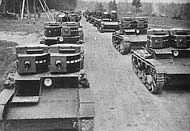

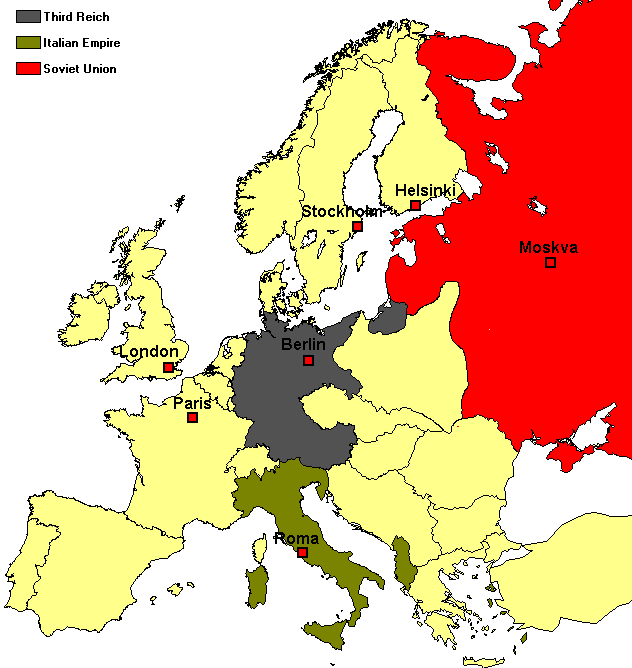
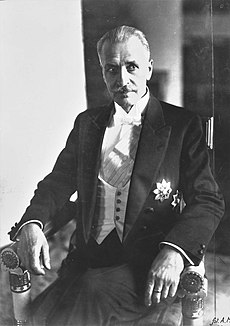
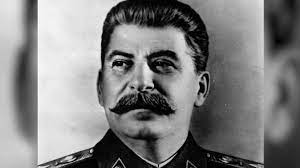
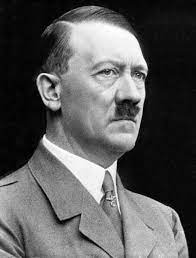
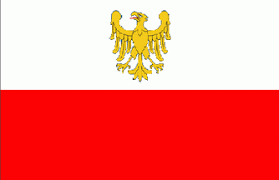
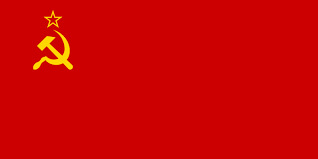
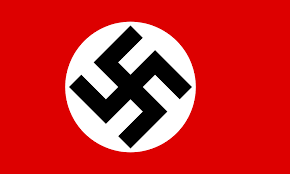
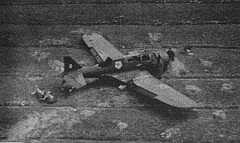
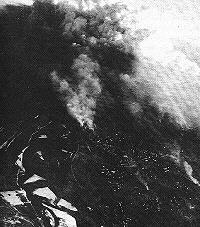
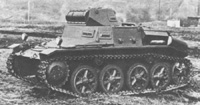
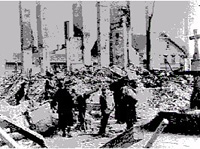






Comments